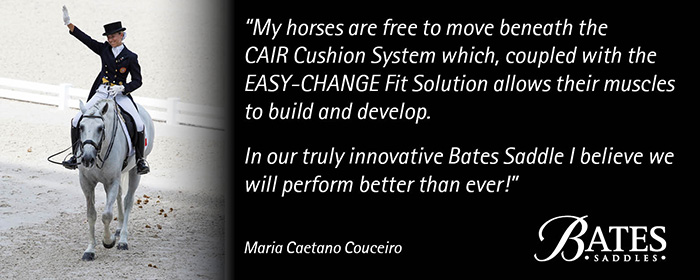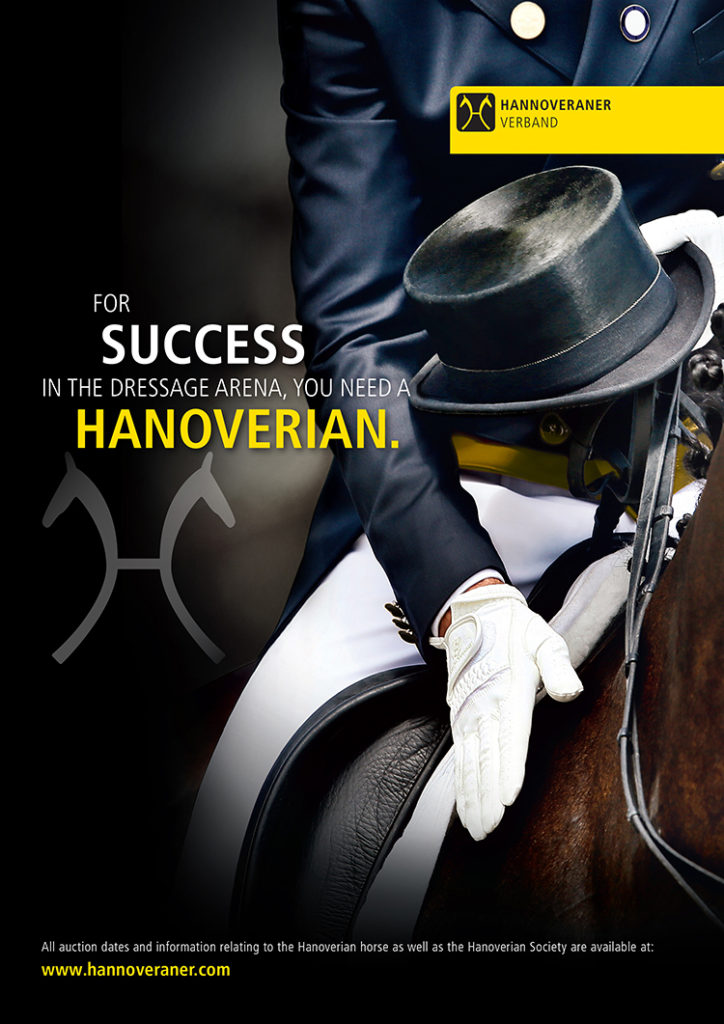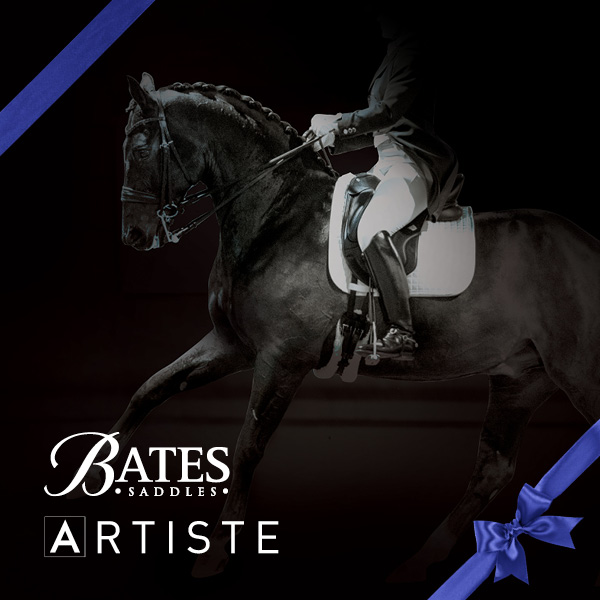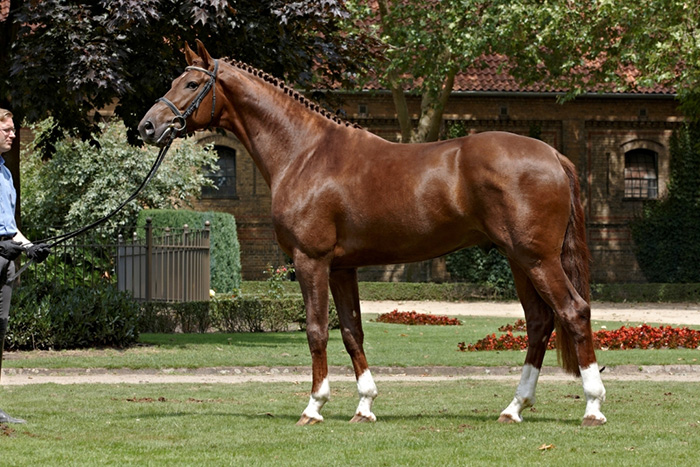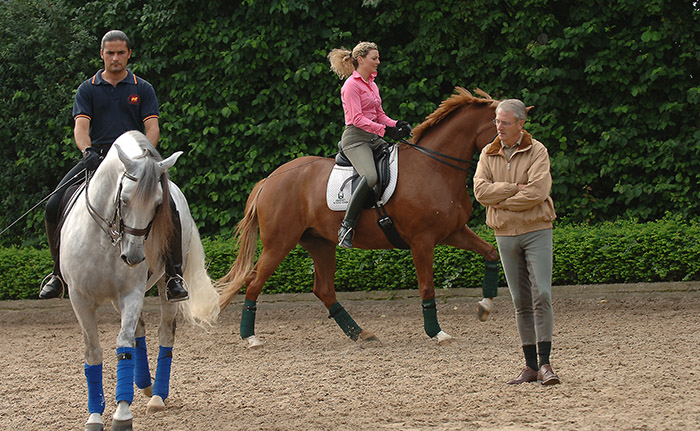
When we visited the outdoor training arena at the Gestut Wiesenhof, it was like an equestrian United Nations – an exciting mix of a Westfalien gelding, with an Austrian rider, a group of Trakehners ridden by a Dane, and several Spanish riders on their Andalusians but according to Jean, the basics are still the same:
“I think at the end, if it is an Andalusian or a Trakehner, I don’t think this is the big question. If you have five Trakehners, then you have to find the right system for each of those five Trakehners. It doesn’t matter what you have Andalusians, Hanoverians, Trakehners, you have to find the right system for each horse.”
But within the over-all framework of the Training Scale?
“In Germany we have the classical training scale, and we always work on that scale, but in the end there are many ways to Rome, and it doesn’t always go directly to Rome, sometimes you have to make a little turn on the left, or a little turn on the right… If you have a perfect horse with a perfect character with no problems, then you can stay on the classical scale of riding, and step by step you come to the Grand Prix. But you can have problems, you can have a nervous horse, there are many problems you can have, then you have to find out the right way to come to the end with that horse.”
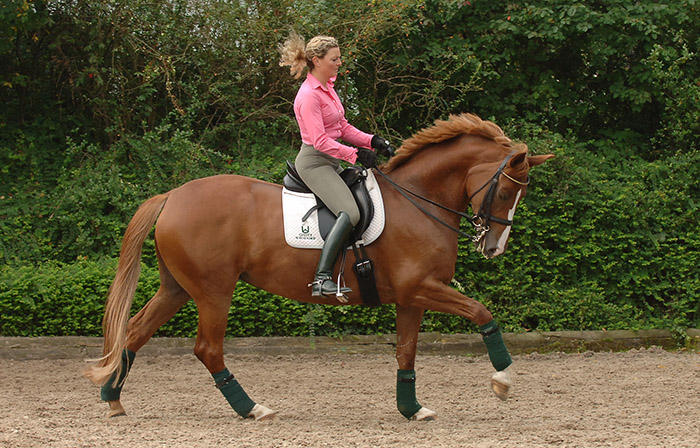
Fie Skarsoe and Media Luna
But if we leave the road set out by the Principles, doesn’t this leave us in a situation where any methods are acceptable?
“I don’t think there are some training methods that are acceptable, and some that are not. I guess you have a reason to ask this question and it relates to the debate in Germany around the article in St Georg. They had a debate on the television about this and they showed some horses on the lunge wearing the special shoes that have chains running up under the horse’s body so that when one leg is down, the other has to be up – this has nothing to do with classical dressage training, so we should be against this. We have our rules where we go step by step, but on the other side we cannot be like a policeman and say, ‘there is only one way!’ What happens if you ride the horse a bit deeper…”
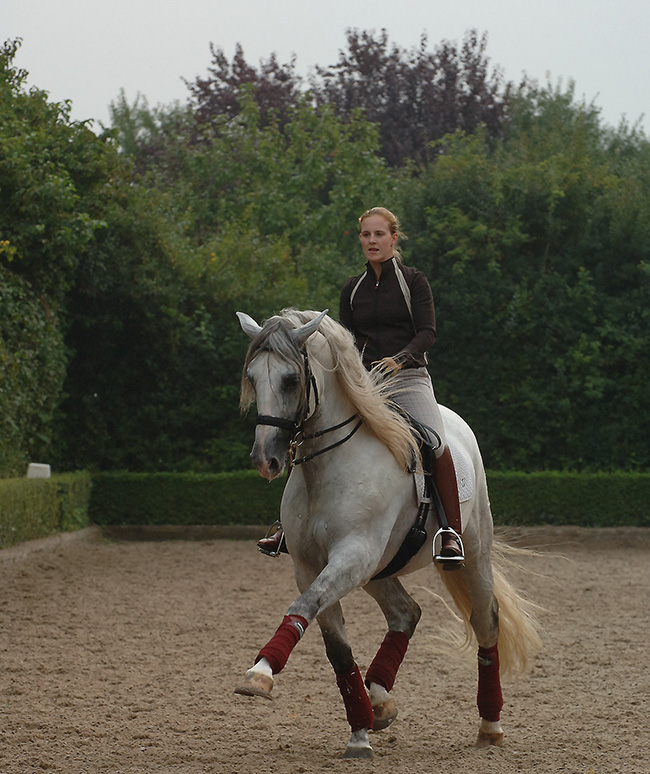
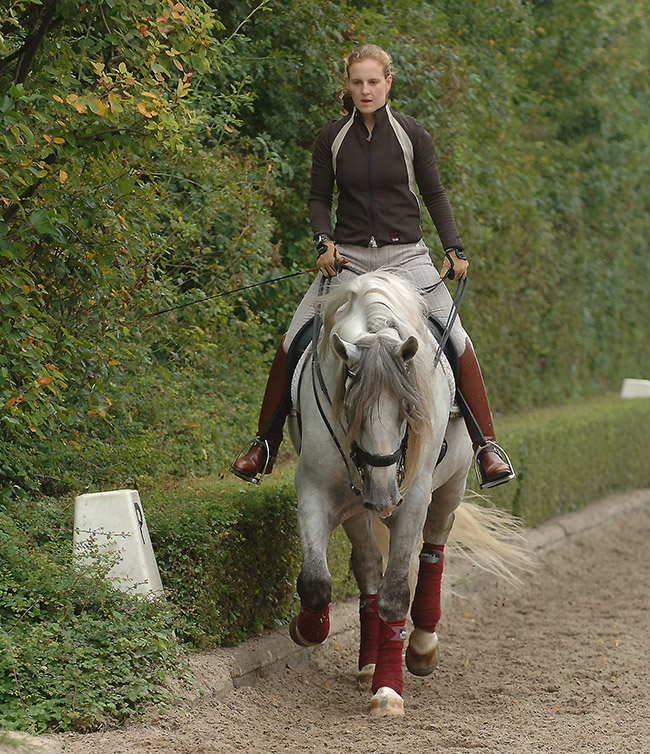
Even the Andies do deep and low – here Therese Jauquicoa Martinena and her stallion, Impatiente, work out with Jean
“If it is just a moment, then it should not be a big problem. But I think if you ride hours and hours with the neck between the legs, this is not a very good way to do it. In the end if you do it in a wrong way – up or down – the horse will not work, because you cannot force any horse. The horse is your friend, or your enemy, and if you make him your enemy, then you will lose.”
“The most important thing in this question is, are you on the right way with what you are doing? Is the horse on your side, or not on your side. It is not a question of millimetres, too deep or not too deep. The first question is, does the horse feel happy with what you are doing? If you are a good rider, then you have enough sensitivity to feel whether the horse agrees with what you are doing or not.
This I think you should leave a little bit up to the rider, and if you feel you are going in the wrong way, then you should stop it immediately because you are, in the end, the one who is going to lose.”
If you are doing it in the right way, okay we all know that every now and then you have to say to the horse – NO, do this – but if you are doing it in the right way, then you should not have to use such rough methods as the horse gets more experienced.
next Jean tells says how important it is to avoid rough methods
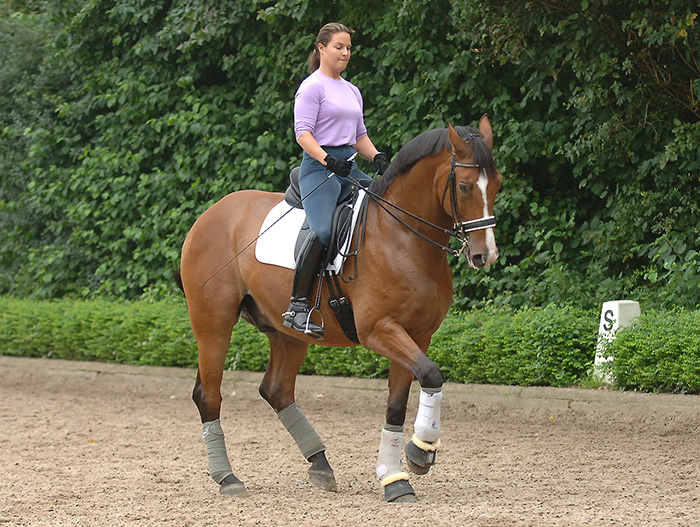
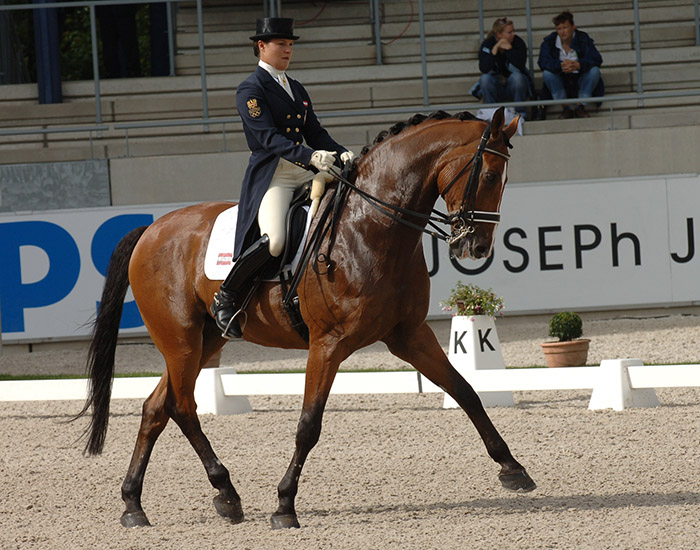
Training with Jean, Egalite, by Ehrentush, and competing for Austria at Aachen
“You should not have to use any rough methods. Why be rough? Sometimes you get rough if you’re unsure about yourself. If you are on a horse and you get afraid, you get rough – but if you are not afraid, if you are sure about what you are doing, then repeat, and you repeat, and you repeat, and at the end, the horse will understand. Getting rough means that you are weak, and that you are not sure about what you are doing. I see this many many times, with riders who are not very safe on horses, and if they get on a horse that is a little bit fresh, they get quickly rough because they are afraid.”
So where did you gain your riding knowledge – who were your Masters?
“I was twenty years old when I came to Germany from Belgium. I spent five years working for a reitemeister with a big stable with many Grand Prix horses, Robert Schmidtke, he came from the cavalry, he was with Bubbi Gunther and Willi Schultheis. All those riders, their education started in the cavalry after the War, they all came out of the same school. I was lucky to spend five years with him – and the first thing he taught me was to ride the horses low and deep! I am now 55, and this was 34 years ago, and we were riding the horses long and low – but not what they mean nowadays, now they sometimes ride the horses short, and this is not what we learned. The neck of the horse, from the wither, down, with the nose in front and always the goal was in the end to ride the horses low and deep with the nose in front so we had enough contact. So the power from the hindleg could go over the back to the rider, from the rider to his hands, to the mouth of the horse, so that we can feel the impulsion of the hind legs in our hands.”
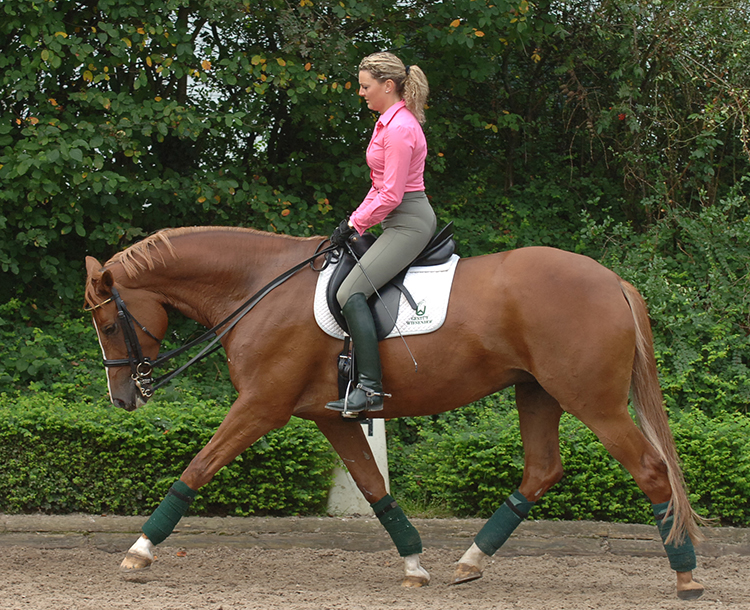
There’s deep and then there’s deep – Fie Skarsö and Media Luna
“But in the end, that is only possible if the nose comes to the hand. If the horse goes – and accepts the contact, and not if he is too round and behind. This is where you can do good – or bad. But I don’t think it is a question of millimetres. If a horse gets excited and for a short time, you have no contact in front, and you try to get the contact again and in this moment the horse can get a little bit short, but the goal is to get him long in the end.”
“I spent five years with Robert Schmidtke, and there were many Grand Prix horses, so from there I got the basic knowledge, but I made my own experience. I made a lot of mistakes in my life because I thought ‘oh I can force some things’ and then with the mistakes you learn. You have to make mistakes to learn. You cannot do everything well, that is not possible. In all those many years I saw, if I over-pushed anything, then maybe I could have satisfaction in the moment but in the long term I lose. So I try to learn from all these mistakes.”
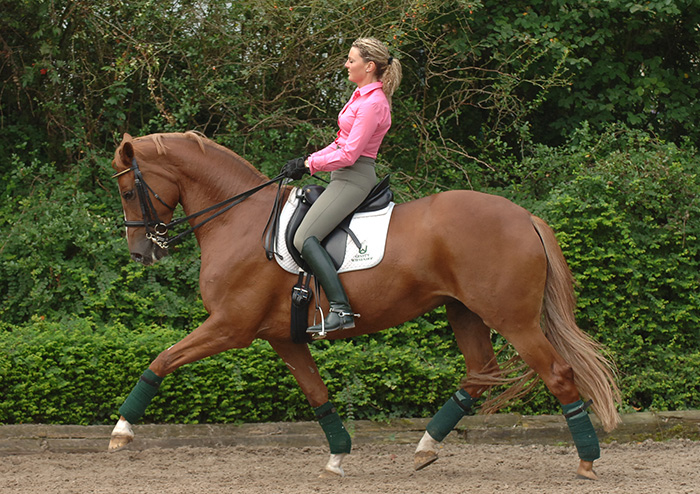
“It is important for me to work with my students, so they can avoid all the mistakes that we made over the years. I’ll give you one example. If you are teaching a horse one tempi changes and he makes a mistake, and you punish him for the mistake but he doesn’t know 100% what you wanted from him, then he gets doubly excited because he doesn’t know what you want because he is only learning the one tempi changes, then you punish him and he panics, then you can have a horse that will never learn one tempi changes. I know in Germany there were many examples of horses who would never learn one tempi changes.”
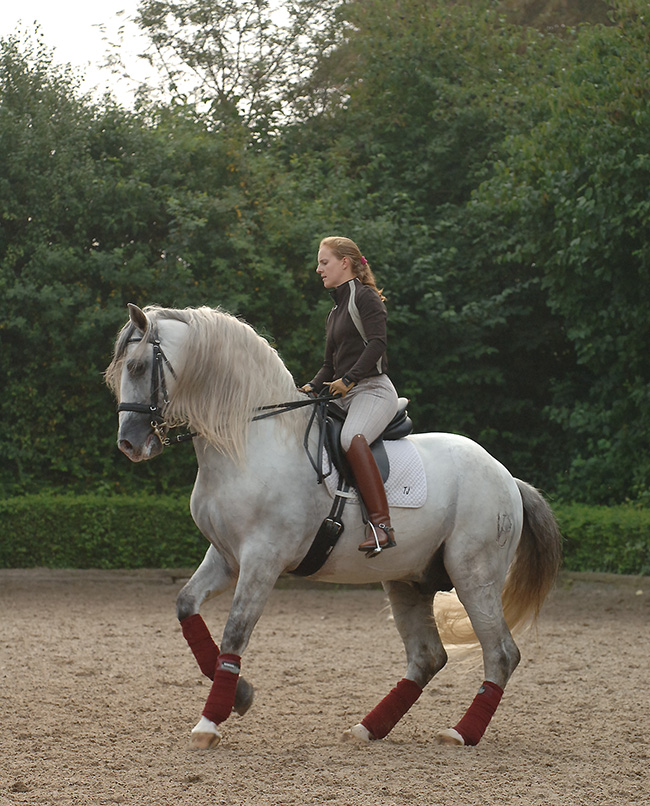
At the right moment, you will have it, and then you will have no problems any more…
“I give a lot of clinics, and I see always the same mistake. If you ask something and the horse is not ready for it, then you will bring a lot of trouble on yourself. It is much easier if the horse makes a mistake, don’t notice, just do it again, and if it is not the right day today, then maybe you try tomorrow, and give it a chance. At the right moment, you will have it, and then you will have no problems any more. This is something I learnt from my experiences over the years, and it is something that I see even with professional riders – they can get a bit excited then they want to go quicker, but at the end if you go too quick, you go slow!”
In recent years, the horses have become better, more bred for dressage?
“Now they breed specialist dressage horses, we see much much beautiful elegant horses, and so talented, but also the riding is getting better and better. At Aachen this year, was a good example. For many years, Germany was the centre of dressage, and Germany is still the centre of dressage in the world, but a lot of German trainers travel – they go to Spain, they go to Switzerland, to the United States, and they take that knowledge to the other countries, so they also start riding in a good way. It’s more international.”
“At Aachen it was Sweden winning, Finland, Denmark, Switzerland – okay this is a good evolution for the sport, but that does not mean the Germans are worse than before, it only means that the other nations now have more knowledge. It’s like many years ago, the only ones who could build a car was the Germans and the Americans, but now the Japanese, the Chinese, can also build nice cars. This is what is happening not just in dressage but also in jumping.”
“What we want to see is a happy athlete, riders find the balance between tense and suppleness. You need a little bit of what we call in Germany Anspannung, tense is not the right word, but without a little bit of Anspannung, you cannot get the result.”
It is still a challenge, still training horses?
“I love it, I love horses, I love to go to the great shows and see the development, and then go home and try to improve. They are so good, if I don’t improve, we will be left behind.”
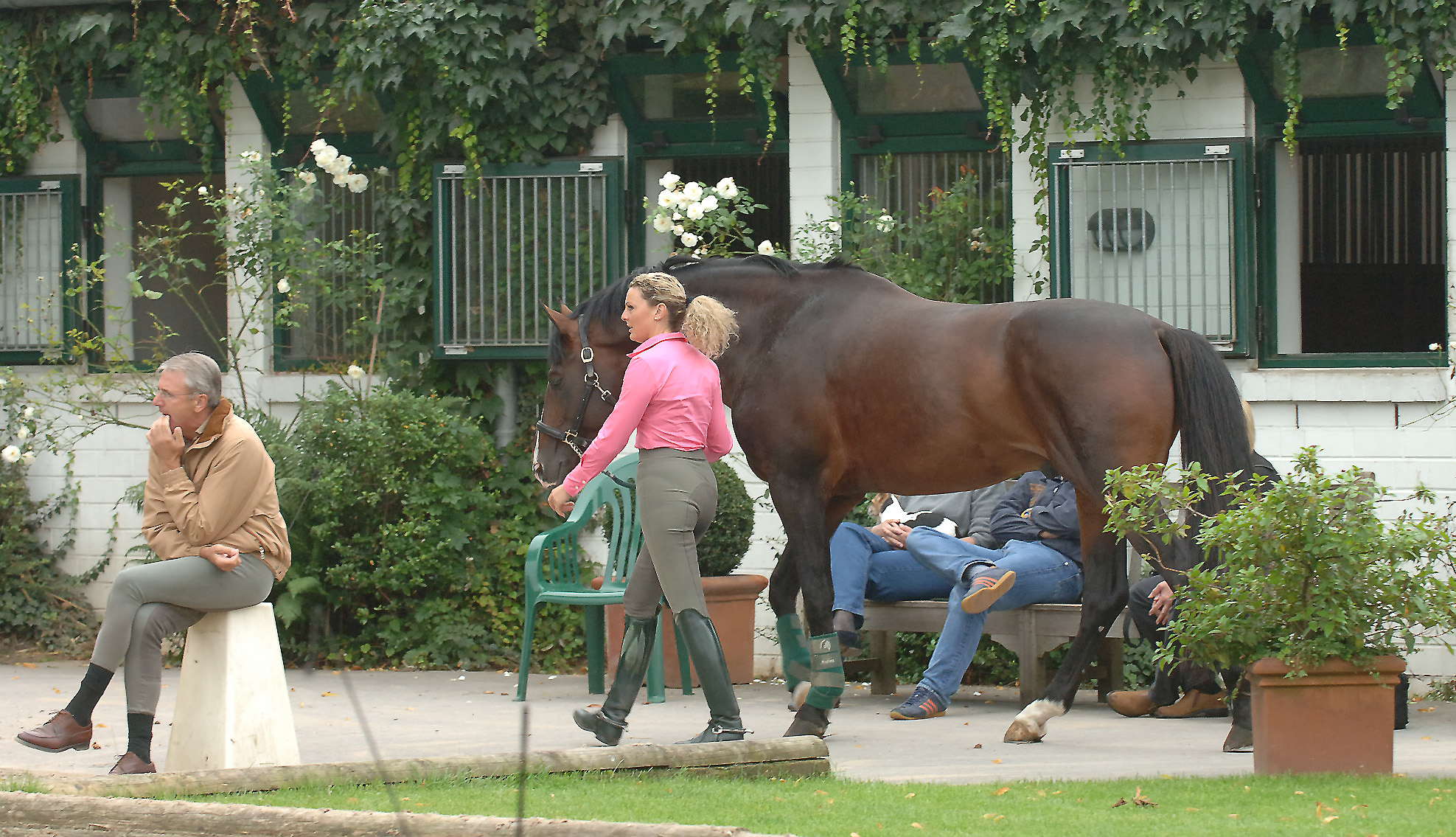
Stallions from the IHB Stallion Gallery – see them all, go to www.ihb.com.au
Vitaltis
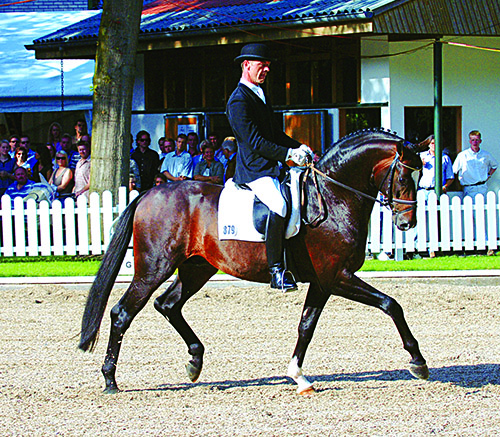
Sir Donnerhall

